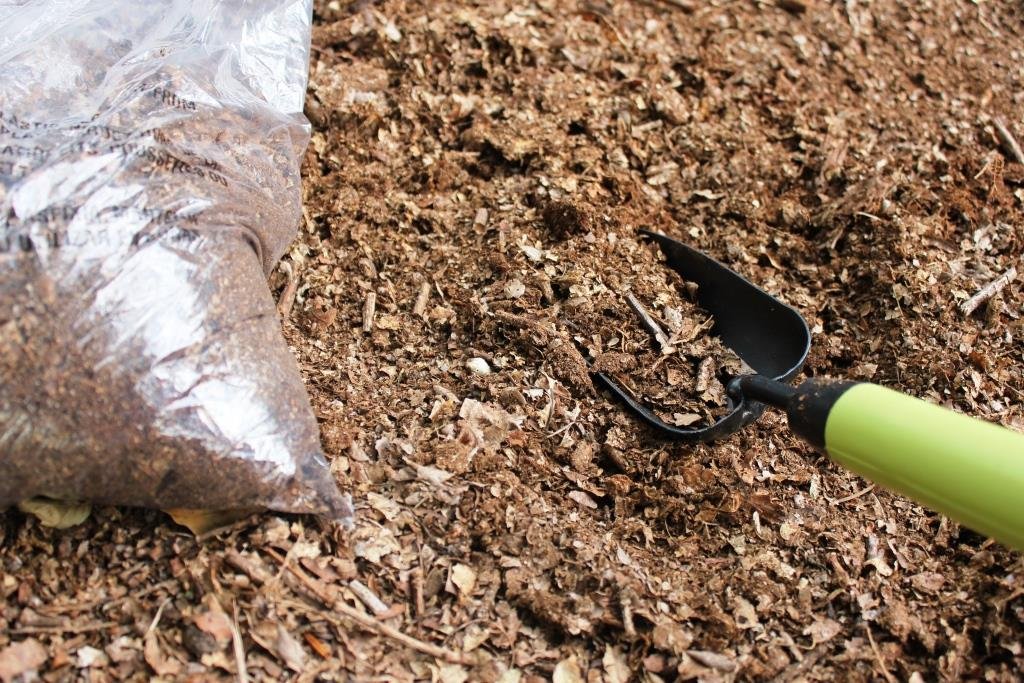What Substrates can I use for Beetles?
Japanese Rhino Beetle larvae (Trypoxylus dichotomus) on Flake Soil
Introduction:
The types of substrate suitable for beetle larvae depends on the group of beetle it belongs to. A homemade substrate called Flake Soil is the go-to for advanced breeders, but natural materials collected from the wild can also be used successfully if chosen carefully.
In this guide, I will be covering the 3 main groups of beetles that are most commonly kept by hobbyists.
1. Flower Beetles (Cetoniinae subfamily)
E.g. Pachnoda spp., Eudicella spp., Mecynorrhina spp.
2. Rhino Beetles (Dynastinae subfamily)
E.g. Dynastes spp., Megasoma spp., Xylotrupes spp.
3. Stag Beetles (Lucanidae family)
E.g. Dorcus spp., Prosopocoilus spp., Phalacrognathus sp.
1. Leaf Litter:
Suitable for: Flower Beetles (Cetoniinae)
Leaf litter can be collected from woodlands and parks dominated by hardwood trees such as oak (Quercus) and beech (Fagus). The forest floor usually consists of threelayers:
Top layer: Freshly fallen leaves – not yet decomposed and low in nutrients for larvae.
Middle layer: Leaf humus – a mixture of leaf litter at various stages of decomposition.
Bottom layer: Mineral soil – nutrient-poor.
This partially decomposed leaf layer (humus) that is sandwiched between the top and bottom layer of the forest floor is rich in microorganisms and organic matter, making it ideal for both egg-laying and larval development.
However, note that some Cetoniinae species, such as Goliath Beetles (Goliathus spp.), have higher protein requirements, and naturally prey on smaller invertebrates in the wild. These species benefit from supplemental protein sources such as fish food, dog/cat kibble, or similar foods when reared in captivity. These larger species of Cetoniinae tend of also have cannibalistic tendencies, so they should be housed individually.
Collecting leaf litter for beetle larvae
2. Decayed Wood
Suitable for: Rhinoceros Beetles (Dynastinae) and Stag Beetles (Lucanidae)
When a tree dies, its decomposition is driven primarily by white-rot fungi, which produce enzymes capable of breaking down a tough structural component in the wood called lignin. Lignin is part of the cell wall that gives trees their structure and rigidity. The enzymes produced by white-rot fungi enable the chemical bonds of lignin to be split, aiding in it’s decomposition. As lignin decomposes, the wood becomes soft, fibrous, and nutrient-rich, allowing other organisms (and beetle larvae) to feed on it. Wood decayed by white-rot fungi can be identified by its pale, white/cream colour and spongy texture. This is the material you want for rearing larvae.
In contrast, wood affected by brown-rot fungi turns dark brown and crumbly. As these fungi break down cellulose instead of lignin, it leaves the wood nutritionally useless for beetle larvae.
Stages of Wood Decay
Decayed wood can be broadly divided into five stages:
Hard decayed wood: affected by white-rot fungi but still firm - ideal for egg laying in Dorcus spp..
Medium decayed wood: wood becomes paler in colour and slightly malleable by hand - ideal for egg laying in Lampriminae.
Soft decayed wood: now possible to break apart by hand with some effort – ideal for feeding Lucanidae larvae.
Wood flakes: easily crumbled by hand - ideal for feeding Dynastinae larvae.
Soil stage (dirt/mud): too decomposed, mostly inorganic.
What to Avoid:
Coconut products (e.g. coco-peat, coco-coir, coco-husk):
Contain virtually no nutrition and are indigestible to beetle larvae. Ingestion by speicalist leaf/wood feeders such as rhino/stag/flower beetle larvae can lead to gut impaction and death.
Softwoods (e.g. pine, spruce):
Avoid collecting materials from or near coniferous areas. The resins and sap in these trees can be toxic to larvae.
A fallen tree that has been broken down by white-rot fungi



